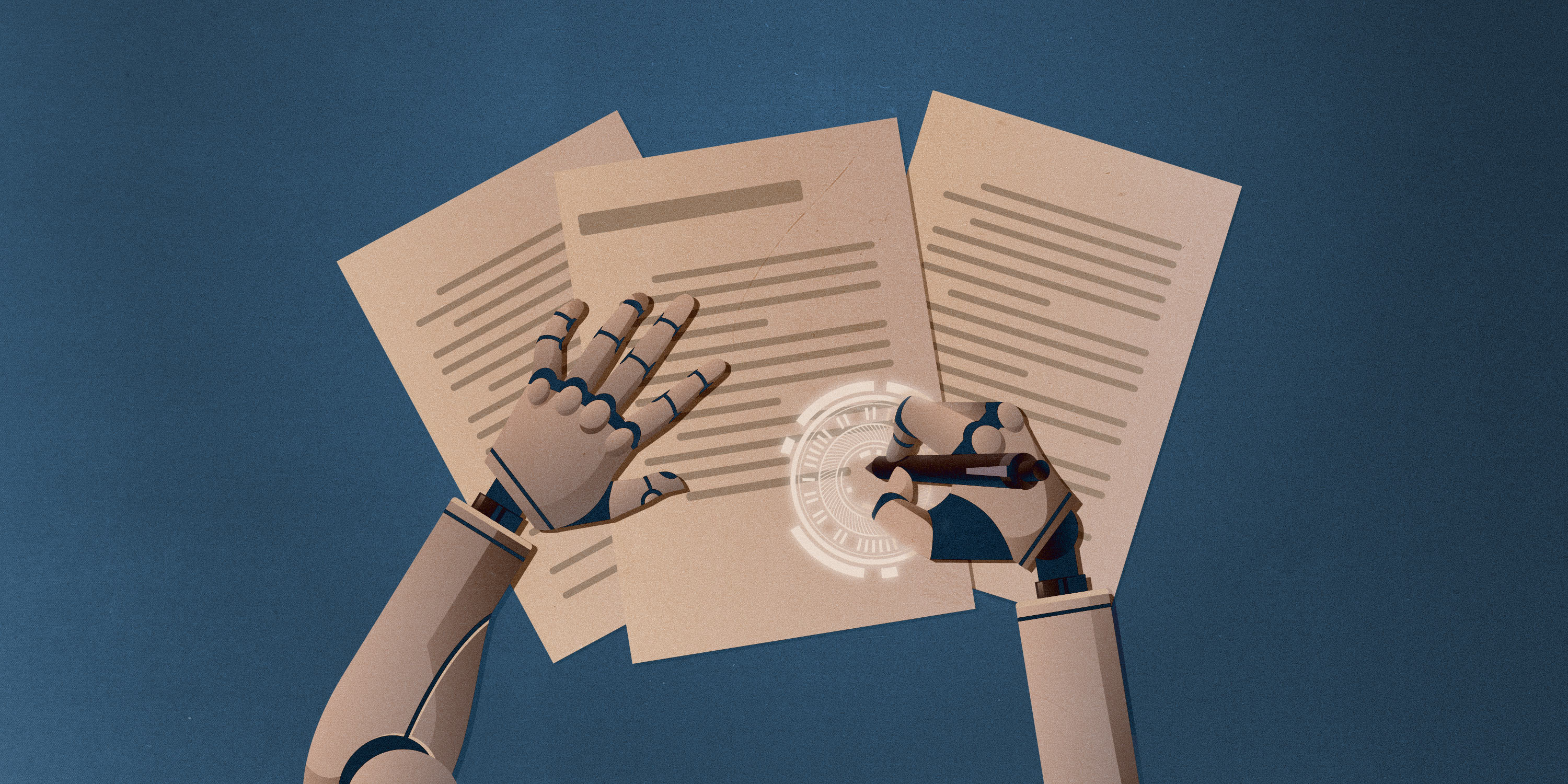
A Chinese Professor’s Lonely Fight Against AI
Recently, my teaching assistant came to me with several seemingly AI-generated essays they had found while checking students’ homework. When I decided to fail one student who hadn’t even deleted the AI prompts, the university administration informed me that, if the student disputed the grade, the school’s Office of Academic Affairs could punish me for a “teaching accident” — not noticing the problem sooner — and implying it would be better if I let it slide.
While the university where I teach has finally started to emphasize the need to prevent students from using AI tools to complete their assignments, it’s clear that colleges and universities around the world are struggling to respond to the scale of the crisis. The problems aren’t limited to any particular field, either: science and engineering students can utilize LLMs to find answers to almost any problem, while liberal arts students can ask chatbots to write passable essays on most topics.
In China, universities’ first line of defense was supposed to be the country’s strict internet regulations. Tools like ChatGPT are not accessible in China. But the emergence of domestic alternatives such as DeepSeek, Doubao, and Kimi means that students can now use AI to help them complete their homework and even coursework without having to find a way over the Great Firewall. Although some universities pay for AI-generated content detection services for major assignments like graduation theses, these tools’ efficacy is largely unproven and difficult to incorporate into daily grading. And if a student slips through the net, the university is hesitant to approve retroactive punishment, making it almost impossible to hold them accountable.
It’s not hard to understand why some students have resorted to AI to do their homework. Many really do face extreme coursework burdens, with first- and second-year students often completing 20 to 30 credits per semester, as classes spill over into the weekends. These tight schedules — and a tighter job market — have created a fiercely competitive atmosphere on campus that essentially boils down to a contest to see who can stay up the latest each night. It’s no surprise, then, that some would turn to AI to keep up.
University teachers, too, are also using AI. Some use it for grant applications, others to quickly summarize academic literature. In both cases, it is essentially a coping mechanism. Professorial pay has stagnated or even declined, and a routine way to boost our income is to teach more courses. Courses are also getting more labor-intensive, as universities have responded to criticism that they are overly test-centric by ordering teachers to assign more homework. Some schools even require their teachers to handwrite teaching reflections after each class to ensure they’re following the guidelines. And to ensure the final exam questions cannot be cheated, instructors are sometimes expected to prepare as many as 10 different exam papers — up from only two in the past. All of this has massively increased teachers’ workloads without increasing our financial remuneration.
In other words, students and teachers are both locked within increasingly competitive and challenging systems. Given the structural pressures we are under, AI can seem like a rational option for gaining an edge in an otherwise uncertain and unfair world.
That being said, as a teacher, I cannot just stand by and watch as students let AI do their homework for them. So, I’ve begun adjusting the way I work and assigning tasks that AI struggles to handle. For example, instead of short essays and creative writing assignments, I require students to produce and appear in videos — a task that AI cannot yet complete.
I’ve also tried re-engaging students with new teaching aids, often paid for out of my own pocket. For instance, instead of using roll call or in-class tests to check attendance, I give them unique stamps for each class they attend. It may sound odd, but it’s a form of positive feedback that students can get excited about, rather than a penalty like point deductions. In addition, I found foreign-language educational games and translated them into Chinese in my own time so that my students could learn while playing.
However, these kinds of individual efforts cannot solve the underlying issue. For one thing, I calculated that these games and add-ons cost me 50% more than what I earned teaching for an entire semester. The question now is: What can?
Translator: David Ball; editor: Wu Haiyun.
(Header image: Visuals from prostockstudio/VectorStock/VCG, reedited by Sixth Tone)










